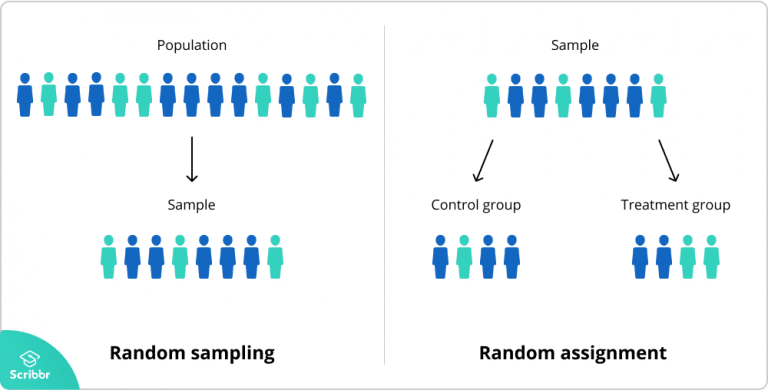
You can also activate the "Skip Empty Items" option to make sure that no empty element is selected in the output (an empty element is such an element that contains only the whitespace characters). In the options, you can also specify the exact number of items to be selected and choose whether to allow the same item to be selected more than once. the method of selection gives results which are equivalent to a truly random selection. I wonder what type of things youre entering in the list. The distance between two sequences is the sum of elementary distances evaluated. Random Selector Just enter your list items and the tool will be the chooser / picker / selector youve been yearning for. Usually, it's a newline "\n" or a comma ",". However, in my opinion, the reverse choices are equally well justified. Choosing this option will initially provide you with a selection of. As our program can be adapted to the input format of any list, you can specify which element separator is used in the original list. As you've hopefully seen, this kind of comparison between two different varieties is. If it's a line, then they can be separated by a comma, period, space, or any other symbol.

If it's a vertical column, then the items have to be delimited by the character "\n". For example, you can display the picked items in a vertical column or a horizontal line. I wonder what type of things youre entering in the. Generate combinations from 1 or 2 lists of items or names where you can choose all combination, a selection of random pairs or group combination by list. If you're picking multiple items, then for your convenience, we've added an option to change how items get separated. Just enter your list items and the tool will be the chooser / picker / selector youve been yearning for.

If you input all the winning entries on the left, you can choose a winner easily and it will be shown on the right. You can even use this tool to pick winning entries. For example, you can pick a number from a list of numbers, or you can pick a string from a list of strings, or you can pick a name from a list of names. the above answers are technically correct: sample (a, 1) however, if you would like to repeat this process many times, lets say you would like to imitate throwing a dice, then you need to add: a <- c (1,2,3,4,5,6) sample (a, 12, replaceTRUE) Hope it helps. You can either insert the choices by adding individually or adding as list.

The choices you inserted will be displayed in this wheel. This tool randomly picks one or more items from the given items. This is a random wheel spinner that can decide a choice for you.


 0 kommentar(er)
0 kommentar(er)
